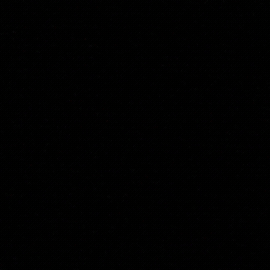Animation, Art, and Filmmaking Books I Enjoy
- Justin Humbert
- Dec 27, 2024
- 3 min read

I’ve always been fascinated by filmmaking, animation, illustration, and all the fun things that motion designers get to play around with. As far-reaching as the internet can be, I often go to my bookshelf to see one of these awesome books of knowledge. I’m sure most of this stuff can be found online, but I like how I can open a book and be flooded with page after page of valuable insights on the subject I’m searching for. Also, it’s fun to get lost in a book and not have the distraction of opening a new browser tab and potentially losing focus. These three books have been in my collection for years, and I will never part with them. I recommend checking these out if you want to add to your stack of books!
The Animator’s Survival Guide
I first discovered this book when I became more interested in animation and motion design. There are so many amazing sketches and breakdowns of animation techniques, and they allow you to see how complex-looking motion can be demystified and thoroughly explained. The number one resource I use this book for time and time again is the chapter on character walk cycles. It’s a fantastic reference for understanding the steps of creating a walk, jog, or run cycle. My favorite aspect is that it shows you the basics of how to achieve a technique, but then it tells you how to break all the rules to serve the style of animation better you want to achieve. I have found it’s given me a lot of confidence to execute daunting animations but also has shown me a way to think outside the box and use these principles in my own unique way.
Master Shots
One of my biggest passions is cinematography, and I gobble up anything that has a behind-the-scenes setup or a lighting diagram. Master Shots is a book that I’ve had for years, and I originally got it when I was more focused on making live-action short films and music videos. The book presents and explains different camera techniques to achieve the desired feeling for a shot. Some of the chapters are Fight Scenes, Directing Attention, and Dramatic Shift, so there are a lot of examples of different ways to approach an idea. It’s very geared towards filming characters within a scene, but I’ve found the core principles directly correlate with many aspects of motion graphics and animation. Both filmmaking and motion graphics have similar constraints of the video’s frame to communicate an idea or tell a story. If we can find ways to take inspiration from filmmaking and its strengths of visual storytelling, then there are a lot of neat techniques that can be incorporated into other types of projects.
The Art of Ooo
Adventure Time is one of my all-time favorite animated shows. I absolutely love the universe's absurdity and the many heartfelt moments sprinkled in. The Art of Ooo is an enormous book about the show's origins and overall production process. It is full of character sketches, world-building thoughts, and a whole lot of insights into the creators’ minds. It’s less about how the show is animated and more about the ideas behind their choices. When I flip through this book, I can get a sneak peek into their creative process and thinking. It lets you in on their secrets and how they got from the first to the final step and the entire journey. It’s always a reassuring reminder that many amazing projects start as a simple idea, and then it takes time to evolve to become an entirely new thing. If you’re a Finn and Jake fan, I recommend this gem!
Find these books online, at a used bookstore, or visit your local library. I’m sure there are a ton of other excellent books that you’ll find to add to your bookshelf!




